Archives
- 2018-07
- 2019-08
- 2019-09
- 2019-10
- 2019-11
- 2019-12
- 2020-01
- 2020-02
- 2020-03
- 2020-04
- 2020-05
- 2020-06
- 2020-07
- 2020-08
- 2020-09
- 2020-10
- 2020-11
- 2020-12
- 2021-01
- 2021-02
- 2021-03
- 2021-04
- 2021-05
- 2021-06
- 2021-07
- 2021-08
- 2021-09
- 2021-10
- 2021-11
- 2021-12
- 2022-01
- 2022-02
- 2022-03
- 2022-04
- 2022-05
- 2022-06
- 2022-07
- 2022-08
- 2022-09
- 2022-10
- 2022-11
- 2022-12
- 2023-01
- 2023-02
- 2023-03
- 2023-04
- 2023-05
- 2023-06
- 2023-08
- 2023-09
- 2023-10
- 2023-11
- 2023-12
- 2024-01
- 2024-02
- 2024-03
- 2024-04
- 2024-05
- 2024-06
- 2024-07
- 2024-08
- 2024-09
- 2024-10
- 2024-11
- 2024-12
- 2025-01
- 2025-02
- 2025-03
-
The mechanism by which Piezo acts in the regulation of
2021-12-21
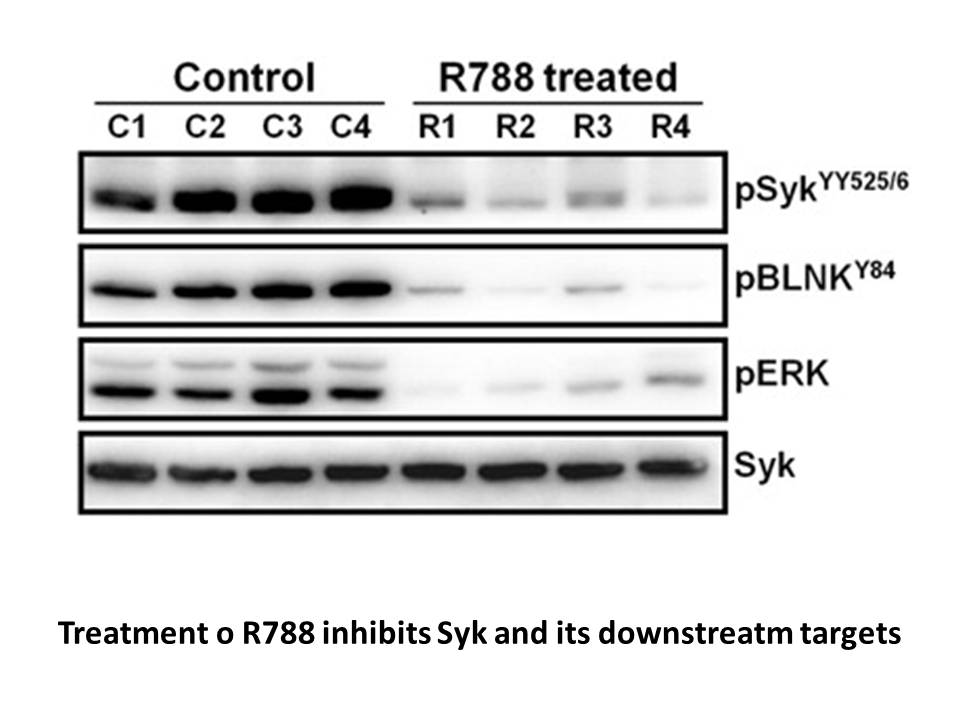
The mechanism by which Piezo1 acts in the regulation of RBC volume is not firmly established. Its curved structure implies that it is activated by an increase in membrane tension (11), a mechanism indicated by electrophysiological measurements (16). However, the RBC membrane mechanics at its physiol
-
LPCs have been previously described as potential anti diabet
2021-12-21
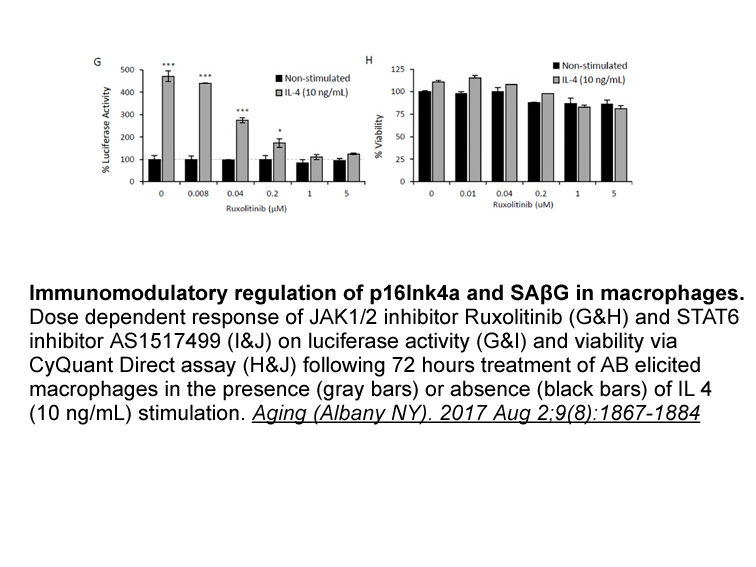
LPCs have been previously described as potential anti-diabetic factors due to stimulation of secretory activity from the isolated rodent pancreas, L-type cells, ands insulin-producing cell lines, with LPC 18:1 as the main structure of interest (Soga et al., 2005, Sakamoto et al., 2006, Overton et al
-
br Introduction Histamine was generally accepted as
2021-12-20
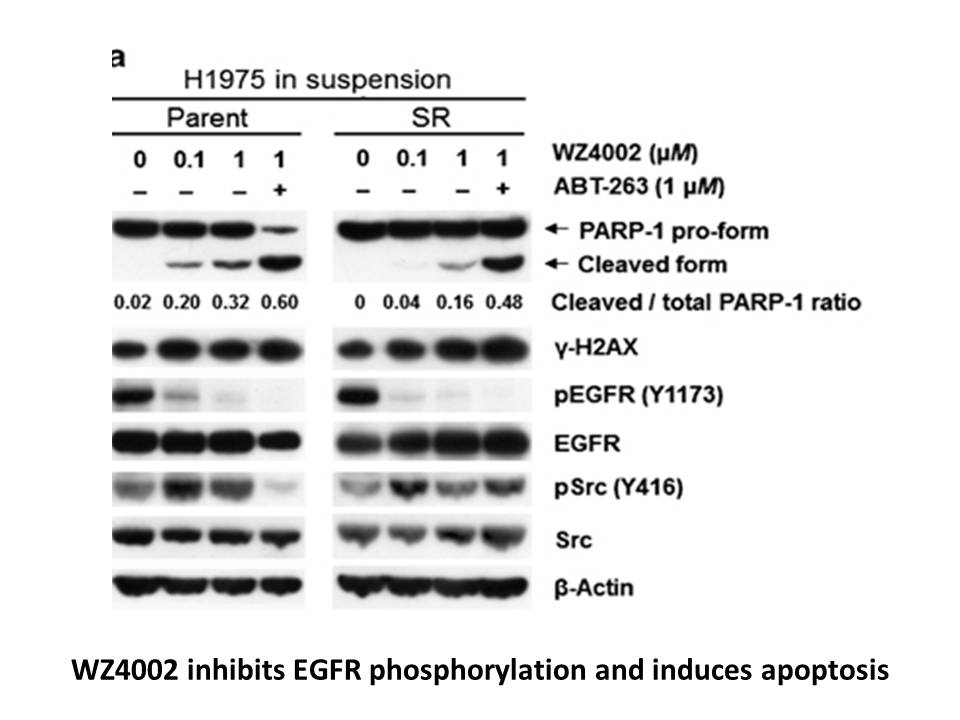
Introduction Histamine was generally accepted as a neurotransmitter in 1984, when histamine was first identified to be located in tuberomamillary nucleus (TM) of the brain (Watanabe et al., 1984). In mammals, histaminergic neurons play an important role in regulating multiple physiological activi
-
Mammals have three known Gli proteins Gli and Gli does
2021-12-20
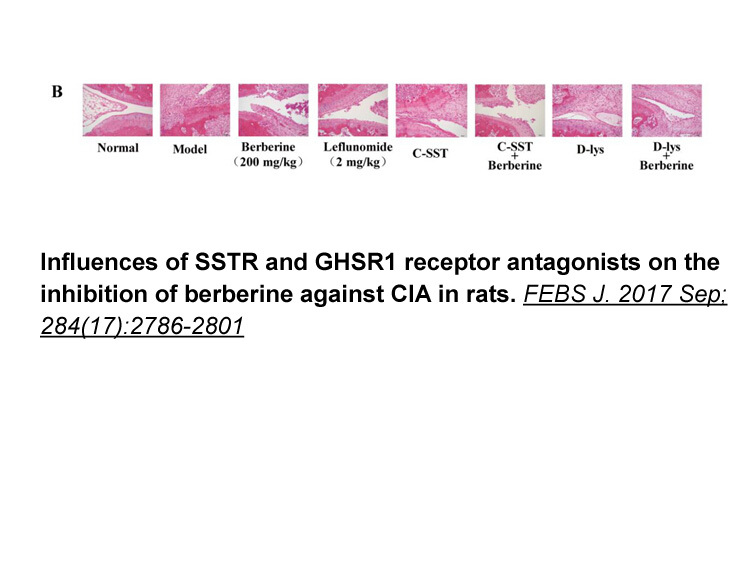
Mammals have three known Gli proteins: Gli-1, -2 and -3. Gli-1 does not undergo proteosomal degradation and hence, remains untruncated and always acts as a transcription promoter. Gli-1 is an important target gene for Gli-2. Full-length Gli-2 accumulates when Smo is activated because activated Smo p
-
Our aim was to gain insight into mechanisms
2021-12-20

Our aim was to gain insight into mechanisms that underlie the contribution of thrombospondin-1 (TSP1) to progression of CKD. TSP1 is the most-studied member of the thrombospondin family of matricellular proteins. Previous studies have demonstrated that pharmacological suppression or genetic depletio
-
Z-Guggulsterone br Acknowledgements br Introduction This
2021-12-20
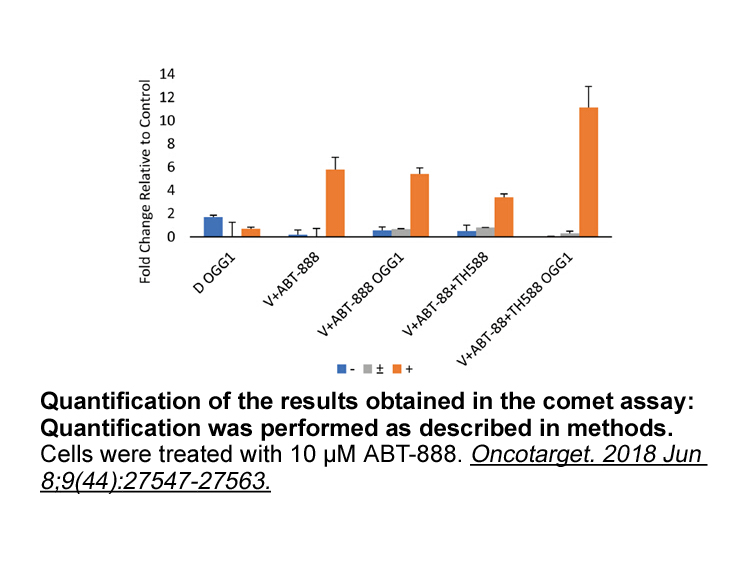
Acknowledgements Introduction This article, similar to those before [1,2], presents a selection of nails for those red blood cell physiologists with hammers. The various topics are not necessarily lost for, like occupants on a carousel, they reappear periodically. Sometimes, however, some arti
-
It has also been demonstrated that PS
2021-12-20
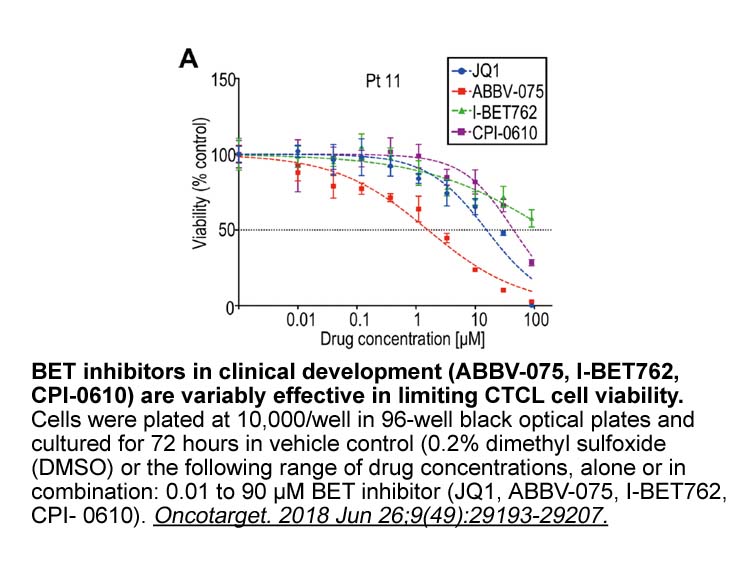
It has also been demonstrated that PS1 is ubiquitinated by Caenorhabditis elegans SEL-10 [52], Fbw7 the mammalian homologue of SEL-10 [38], and more recently by tumour necrosis factor Stattic associated factor 6 (TRAF6), which facilitates Lysine-63 (K63)-linked polyubiquitination of PS1 [50], [51].
-
In conclusion our work demonstrates
2021-12-20
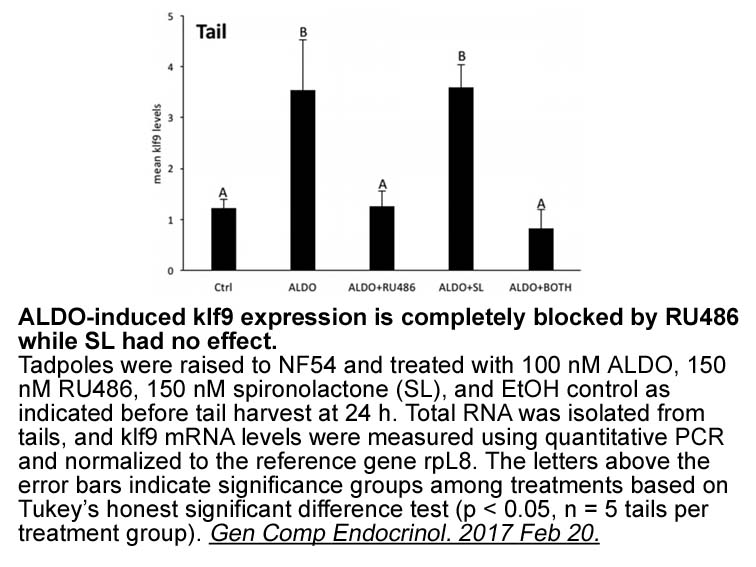
In conclusion, our work demonstrates for the first time that (i) SA-β-gal activity is abundantly present in the gamete cells, such as oocytes and eggs, (ii) the enzyme resides in different cell compartments, (iii) SA-β-gal activity is localized predominantly in acidic endosomal yolk platelets, and (
-
The chemical structure of BAs consists
2021-12-20
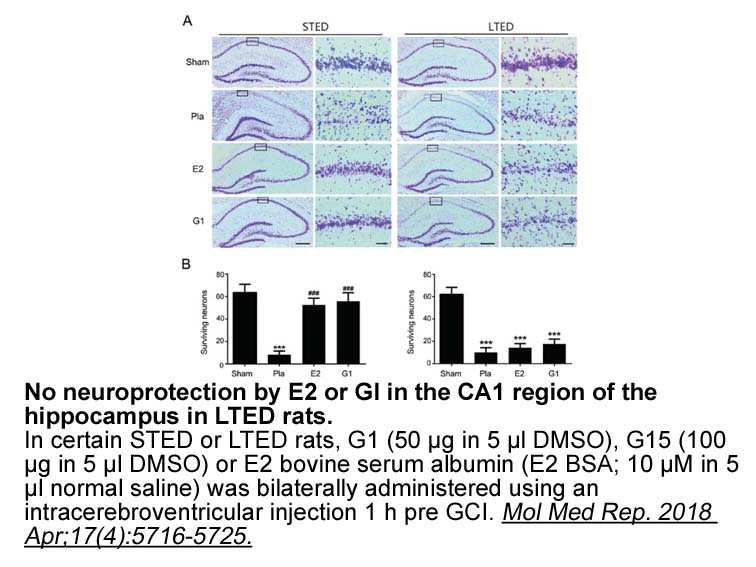
The chemical structure of BAs consists of a steroid nucleus with an acidic side chain. They are amphipatic molecules characterized by a hydrophilic α-face and a hydrophobic β-face. The hydrophobic pocket of the FXR LBD interacts with BAs largely through the β-face. The α-face contains several hydrox
-
br Conclusion br Conflict of interest br
2021-12-20
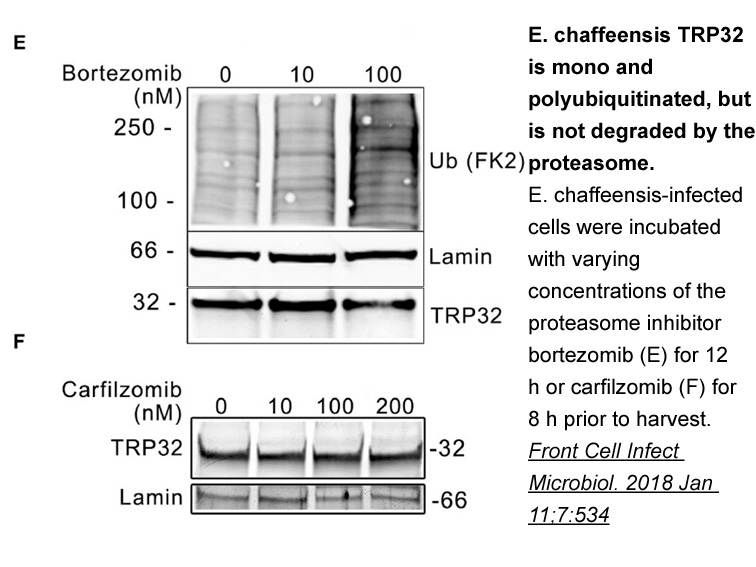
Conclusion Conflict of interest Acknowledgements Introduction The brain contains abundant fatty acids, which serve as constituents of membranes and as an energy source. In addition, fatty acids and their metabolites contribute to signal transduction between neurons or neurons and glial c
-
Increasing trans epithelial transport efficiency is another
2021-12-20
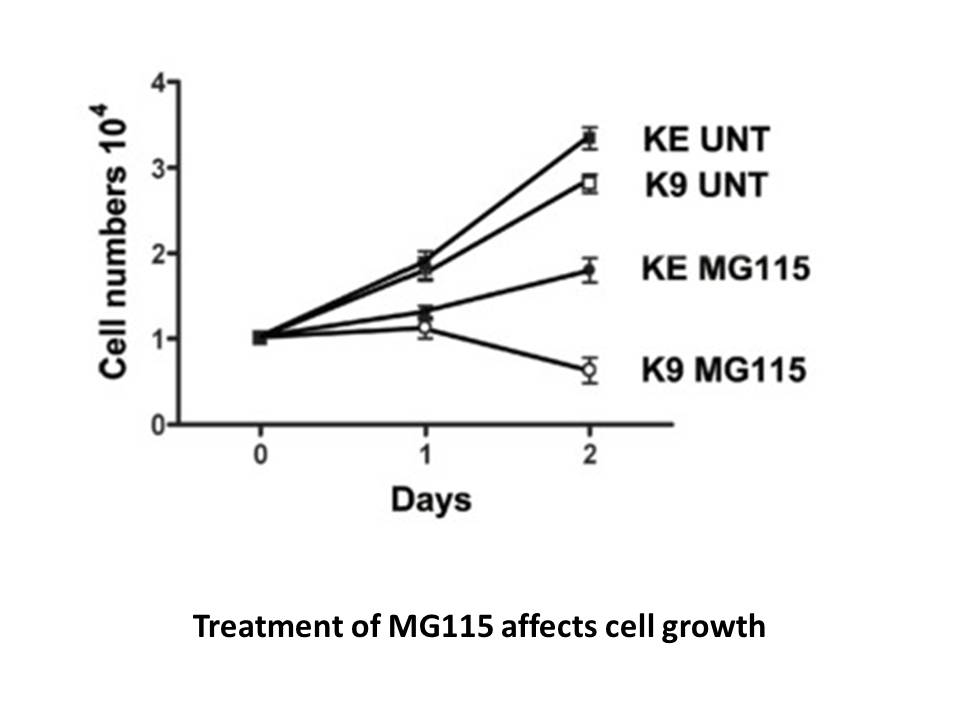
Increasing trans-epithelial transport efficiency is another area where different strategies are being developed for overcoming transcytosis. Enhancing the affinity for the basal membrane and weakening apical exocytosis through the optimisation of surface hydrophobicity have been demonstrated [79]. S
-
The molecular formula of was determined to
2021-12-20
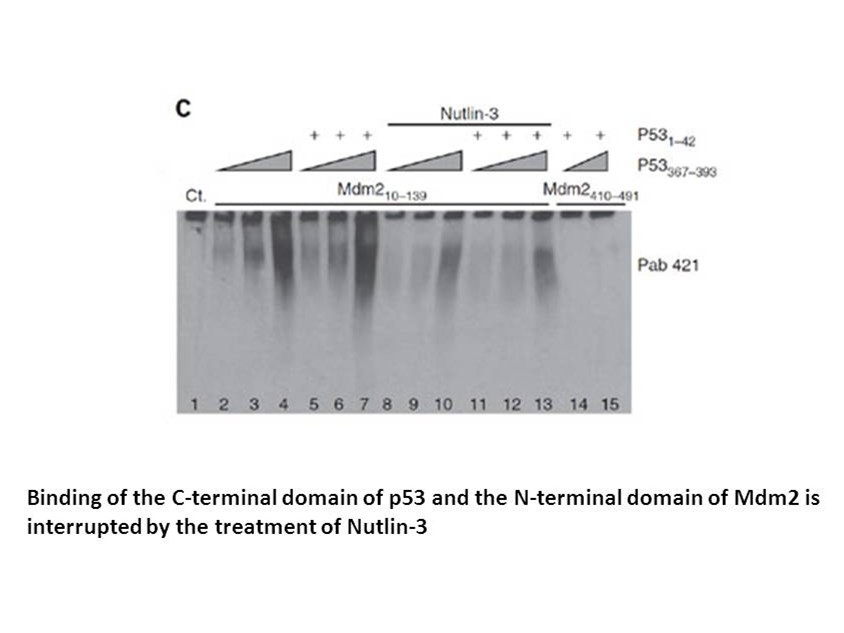
The molecular formula of 2 was determined to be C20H26O5 on the basis of HRESI (−) MS data at m/z 345.1705 [M–H]− (calcd 345.1702 for C20H25O5). Detailed analysis of the 1H and 13C NMR data of 2 revealed similar fragments compared with desoxyarticulin (Faini et al., 1987) except for an additional hy
-
It is well known that
2021-12-20

It is well known that histamine functions not only as an inflammation mediator but also as an aminergic neurotransmitter or neuromodulator. Histaminergic neurons [27], [28] and histamine receptor subtypes (H1R [29] and H3R [30]) are widely existed in mammalian central olfactory system. Histamine reg
-
br Hepatitis C virus HCV infection is a major cause
2021-12-18

Hepatitis C virus (HCV) infection is a major cause of chronic liver disease that can lead to cirrhosis and hepatocellular carcinoma. It is estimated that nearly 200 million individuals worldwide are currently infected with HCV and it is the leading cause of liver transplants. The current standard
-
br S proteins and HBV induced
2021-12-18
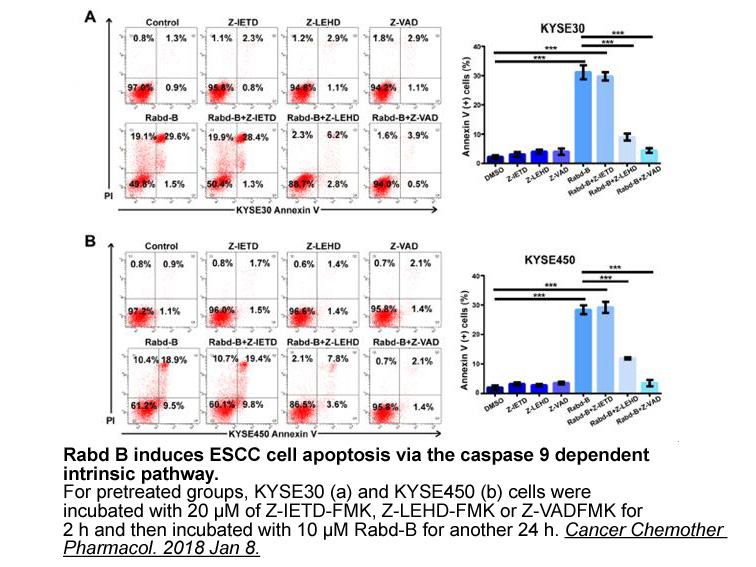
S proteins and HBV-induced autophagy HBV surface proteins (S proteins or HBs) are reported to trigger HBV-induced autophagy by inducing ER stress and UPR in host scopolamine hydrobromide [22]. HBx and HBV-induced autophagy HBx is a multifunctional viral protein. It can regulate virus replica
14081 records 502/939 page Previous Next First page 上5页 501502503504505 下5页 Last page